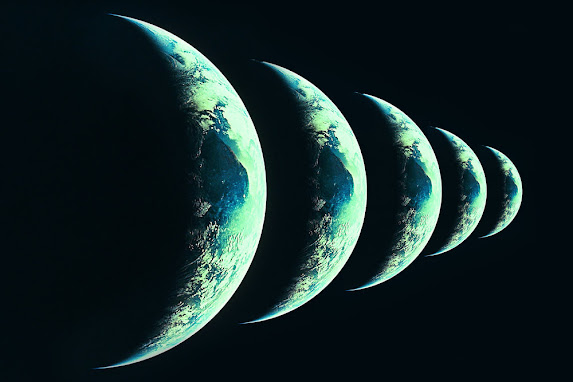Scientists Now Suggest Various Different Realities Can Coexist.
A scientific paper argues that two realities can coexist at once, at least in the quantum world. To prove their hypothesis, scientists from the Department of Experimental Physics at the University of Innsbrück in Austria.
In order to research the possibility, scientists investigated one of the most confounding thought experiments, dubbed ‘Wigner’s Friend,’ named after its progenitor, the Nobel Prize-winning physicist Eugene Wigner.
The experiment was proposed in 1964 and involved two people observing the same thing, and in this new experiment, it was a photon.
The photon is viewed in either a horizontal or vertical state when observed.
However, let’s take a look at quantum mechanics, even before the observation is made. It exists in a state of ‘superposition,’ which means the photon is in both states at once: horizontal and vertical.
In Wigner’s Friend thought experiment, one person in the lab observes the photon sending it into a vertical or horizontal state. Wigner, outside the laboratory, then runs a test called an ‘interference experiment’ to prove whether the photon is in a state of superposition.
It shows that both observations, and therefore the two realities they represent, can coexist simultaneously.
But never have scientists actually put the theory to the test.
Various Different Realities Can Coexist
Thanks to advancements made in the field of quantum mechanics, researcher Massimiliano Proietti of Heriot-Watt University in Edinburgh and colleagues have done just that.
They took six entangled photons through which the researchers were able to replicate Wigner’s Friend experiment results.
When the photons were observed, they existed in a state of polarization.
But when tested with an interference experiment, scientists concluded that the photons still existed in a state of superposition.
This allowed scientists to prove that multiple realities can exist at the same time.
At the same time, the new study has challenged the foundation of how observations were made.
“The scientific method relies on facts, established through repeated measurements and agreed upon universally, independently of who observed them,” says Proietti.
However, the researcher adds that “In quantum mechanics, the objectivity of observations is not so clear.”
Co-author Martin Ringbauer, a postdoctoral researcher with the Department of Experimental Physics at the University of Innsbrück in Austria, explained in an interview with Live Science that: “Quantum mechanics describes how the world works at a scale so small that the normal rules of physics no longer apply; over many decades, experts who study the field have offered numerous interpretations of what that means.”
“It seems that, in contrast to classical physics, measurement results cannot be considered absolute truth but must be understood relative to the observer who performed the measurement,” Ringbauer explained. “The stories we tell about quantum mechanics have to adapt to that.”

